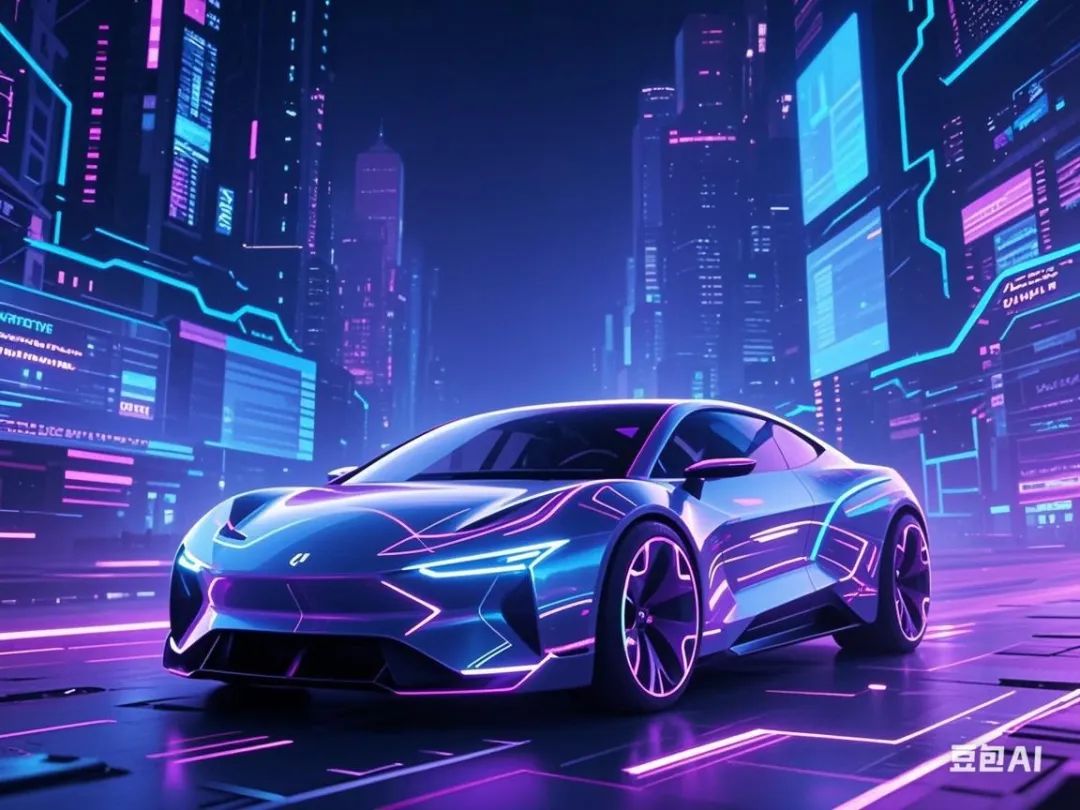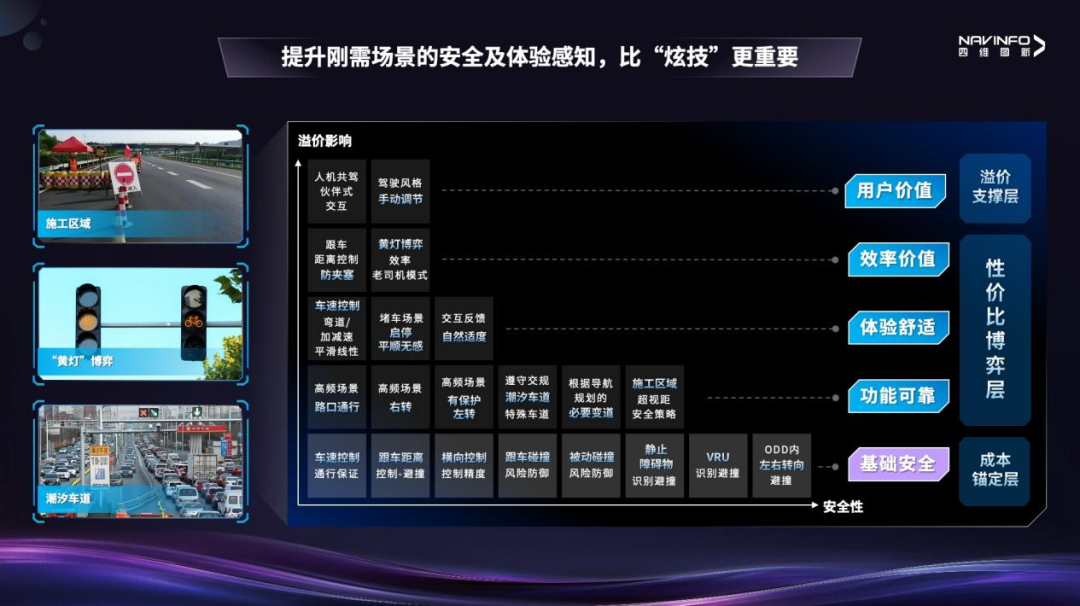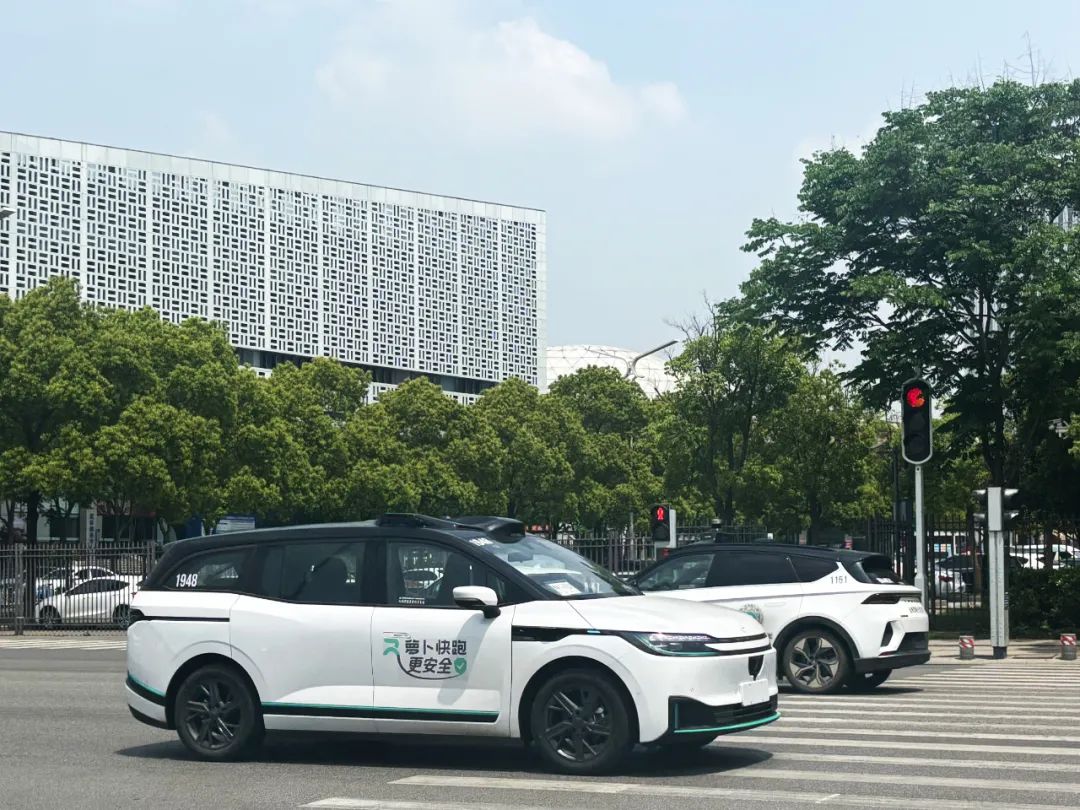Intelligent Driving Promotion Hits a Pause, Yet Technological Momentum Continues Unabated?
![]() 05/06 2025
05/06 2025
![]() 705
705
Intensifying Competition in the Realm of Intelligent Driving Technology
Prior to the commencement of the 2025 Shanghai Auto Show, a notification from the Ministry of Industry and Information Technology (MIIT) served as a sudden halt to the fervent promotion of intelligent driving technologies. Automakers swiftly adjusted their promotional narratives, leading to a notable shift in the tone of intelligent driving communications. What once were bold technical displays have transformed into cautious statements. Nowadays, promotional slogans highlighting "intelligence" invariably come preceded by disclaimers such as "safety is paramount."

Image generated by Doubao AI with prompt: Intelligent Driving Technology Competition
However, beneath the surface lies a persistent undercurrent. The waves of AI, large models, and big data continue to surge forward, with investments in technological research and development escalating rather than waning. Funds continue to pour into the realm of intelligence, sparking curiosity: Amidst the dance between regulations and development, what breakthroughs is the intelligent driving industry brewing?
Automakers "Change Tune": Navigating Regulation Amidst Cautious Promotion
On April 16, the MIIT convened a meeting to discuss the product access and software online upgrade filing requirements outlined in the "Notice on Further Strengthening the Access, Recall, and Software Online Upgrade Management of Intelligent and Connected Vehicles." They solicited feedback on the implementation status and suggestions from enterprises. Representatives from the MIIT's Equipment Industry Development Center and nearly 60 automakers attended this gathering.
At Horizon Robotics' press conference on April 18, Yu Kai pointed to the term "assisted driving" on the PPT and chuckled, remarking, "It wasn't called that yesterday." Nonetheless, the industry has reached a consensus that the foundation of safety must be solidified for the advancement of intelligence. Yu Kai believes that the MIIT's notice is an effective means to "address the root cause," imposing "significant and beneficial constraints on the development of the entire industry, fostering a healthier growth trajectory."
Yu Kai candidly stated, "The AI revolution may very well be the final technological revolution in human history." He further mentioned that in the iteration of autonomous driving algorithms, 99% of user behavior data holds little to no training value. Similar to Tesla, Horizon Robotics places greater emphasis on reinforcement learning based on simulations in the virtual world.
During the unveiling of AITO 06 on April 19, Jin Yuzhi, CEO of Huawei's Intelligent Automotive Solutions BU, underscored safety before introducing intelligent driving features: "What I'm discussing is all assisted driving; it will not exceed established standards."
"In areas pertaining to driving safety and life safety, we cannot afford to be overly aggressive due to the myriad of unforeseen and uncontrollable特殊情况. We indeed need to gradually mature this industry," Dr. Qiu Xiaoxin, founder and chairman of AI Chip, told reporters in an interview following the auto show press conference.

Image source: NavInfo
"These new requirements are highly targeted and represent good news for companies that diligently work and uphold honesty," NavInfo CEO Cheng Peng told China News Weekly. "The essence of intelligent driving revolves around two core aspects: whether the functions are user-friendly and safe, and the management of user expectations."
Cheng Peng elaborated, "Maps have evolved from static layers to indispensable dynamic data engines in the world model-driven stage. They serve as irreplaceable 'a priori sensors' in applications such as enhancing individual vehicle intelligence, mitigating computational constraints, and responding to early warnings of emergencies."
Technology "Frenzy": Accelerating the Race Towards Intelligent Driving
Despite the cooling-off period for promotions, the development of intelligent driving technologies is accelerating at an unprecedented pace.
Taking Momenta as an example, within just three years, it has collaborated on over 130 vehicle models, partnering with international giants such as Audi, General Motors, Toyota, and Honda. Cao Xudong, founder and CEO of Momenta, introduced that the company's products have undergone rigorous stages, including module self-closed-loop testing, system-level testing, and one million kilometers of road testing.
Dongfeng Nissan collaborates with Momenta on intelligent driving assistance functions and with Huawei on intelligent cockpits. Kun Hikari, executive officer of Nissan Motor Co., Ltd., told China News Weekly, "We are committed to meeting the needs of Chinese customers for intelligent and combined driving assistance technologies. Huawei and Momenta are leading local suppliers, and we will continue to forge partnerships with more technology companies in the future, maintaining the Chinese speed and enhancing global competitiveness."
Wang Junhua, general manager of the technology research and development branch of FAW Toyota Motor Co., Ltd., and chief engineer of bZ5 in China, also shared with China News Weekly, "Both bZ5 and Bozhi 3X are equipped with Momenta 5.0 intelligent driving assistance, achieving the same level of driving assistance."
On the eve of the auto show, Huawei's Kunlun Intelligent Automotive Solutions officially unveiled core technologies such as Kunlun Intelligent Driving ADS 4, HarmonyOS cabin HarmonySpace 5, and Kunlun Vehicle Control XMC, marking the first commercial deployment of high-speed L3 autonomous driving and collaborating with 11 automakers to establish an intelligent driving safety ecosystem.
Jin Yuzhi, CEO of Huawei's Intelligent Automotive Solutions BU, emphasized at the press conference, "Safety is the paramount bottom line for intelligent driving. Huawei invests 99% of its research and development resources to overcome that 1% of extreme scenarios, precisely to ensure that L3 commercialization can truly withstand market scrutiny."
NavInfo introduced a new mass production solution for its cabin and driving product matrix and announced deepened cooperation based on the Qualcomm® Digital Chassis™ solution, focusing on the dual directions of "integrated driving and parking" and "integrated cabin and parking," while launching new mid-to-high-end assisted driving products.
AI Chip, a company specializing in AI perception and edge computing chips, unveiled its global strategy and a new generation of automotive chip products, the M57 series. It is reported that the M57 is ready for application upon release and can be paired with various mature assisted driving solutions. For instance, it supports an 8-megapixel forward-facing all-in-one machine, is compatible with a 2-megapixel camera, and offers customers an extremely cost-effective L2 driving solution. Notably, the first mass-produced vehicle model utilizing the M57 chip has completed fixed-point development and is poised for export to Europe.
Yu Kai stated at the press conference that over the past decade, the computational power of intelligent driving chips has surged far beyond Moore's Law, with computing performance growing by over 1,000 times. In the next decade, intelligent driving software and hardware technology will continue to "evolve at a tenfold speed," reshaping the entire industrial landscape and urging OEMs to accelerate their pace.
Safety First: The Ultimate Aim of Intelligent Driving Development
Despite the numerous challenges faced by the development of intelligent driving, its ultimate goal remains safety. A wealth of data confirms that the proper utilization of intelligent driving can significantly reduce traffic accidents. The latest safety data from Waymo, a subsidiary of Google, reveals that within the same driving distance in Phoenix and San Francisco, compared to human drivers, Waymo's overall traffic accidents have been reduced by 64%, and traffic accidents resulting in injuries or deaths have been decreased by 81%. In February of this year, Baidu founder Li Yanhong shared data at the World Government Summit: the safety of autonomous driving is ten times that of human drivers, and the accident rate of Robotaxi is merely 1/14 that of human drivers. As of March this year, Robotaxi has provided over 10 million trips and traveled over 150 million safe kilometers.

Robotaxi operating on the streets of Wuhan (Photography/Liu Shanshan)
At the Create2025 Baidu AI Developer Conference, Li Yanhong emphasized that the largest application scenario for visual large models is autonomous driving. The concept of safer autonomous driving is gaining widespread acceptance and is poised for global expansion in the future.
"In the transportation sector, various safety incidents occur on highways, including frequent events such as abnormal parking and pedestrians entering the road, as well as long-tail events like fire smoke and items being thrown onto the road. The detection of these safety incidents is handled by small models deployed in edge systems along highways," Li Yanhong explained. However, their recognition accuracy is not always high, occasionally leading to issues. "For instance, failing to recognize dangerous items thrown from a large truck or misidentifying light spots or shadows in the video as thrown objects, resulting in missed, false, or repeated alerts. Too many false alerts diminish the effectiveness of early warnings."
"With the large model, the large model deployed in the cloud can perform secondary verification on video clips detected by the small model. For frequent events, the large model can enhance detection accuracy to over 95%; for long-tail events, detection accuracy can also be increased to 90%. This reduces the workload for monitoring personnel to intervene and handle by 50%," Li Yanhong elaborated.
The "pause" in the promotion of intelligent driving is, in fact, a rational step towards maturity for the industry. Guided by the paramount goal of safety, the "frenzy" of technological advancement is outlining a clearer blueprint for future travel.







